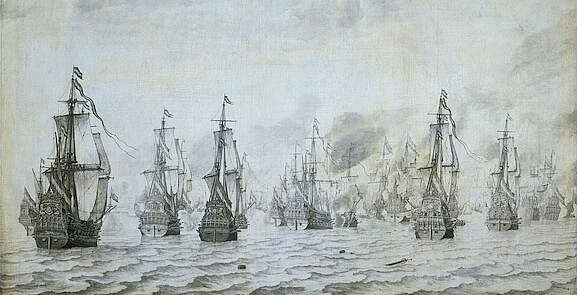
Catholics in the Philippines are profoundly devoted to the Blessed Virgin Mary. They find countless ways to honor her in their daily lives. Among these is a grand celebration held every year on the second Sunday of October, to honor Our Lady of the Most Holy Rosary of La Naval de Manila. The first celebration of this feast occurred 373 years ago, on October 8, 1646. And it all started with a statue.
In 1593, Don Luis Perez Dasmarinas was appointed the Spanish governor in the Philippines. Soon after his appointment, his father passed away, and he asked his trusted assistant, Captain Hernando Coronel, to have a sculpture made in his honor. Captain Coronel commissioned an immigrant Chinese artist to do the job. The man was also a convert to Christianity and had a sincere love for the Blessed Virgin.
The sculptor (whose name, unfortunately, has been lost to history) carved the statue out of hardwood. It was four feet, eight inches tall. He crafted the face and hands of the Blessed Virgin and the entire Child Jesus from solid ivory. The features of Our Lady’s face and the Child Jesus’ face reflect the sculptor’s ethnicity.
Governor Dasmarinas loved the statue and dedicated it to his late father. The statue was called Our Lady of the Most Holy Rosary. Not long after, it was given to the Dominicans, and it was placed in the Church at Santo Domingo.
Some years later, the Dutch Republic wanted to establish a quicker trade route to Asia. The most direct route would be through the Philippines, and so they wanted to conquer the country. This would require a formidable naval fleet, which they formed. The Dutch began their attacks in 1646.
The Filipino forces had only two galleons to go against the enormous Dutch fleet. They prayed before the statue of the Blessed Virgin, requesting that she intercede for them in their impending battle. Having placed themselves under the protection of Our Lady of the Rosary, they began to pray the Rosary over and over. They promised that if they were victorious they would make a barefoot pilgrimage towards her shrine in Santo Domingo church in Manila.
Five major naval battles ensued, and the tiny Philippine naval force, a combination of Spanish and Filipino sailors, turned the Dutch forces back each time. Only 15 members of the Spanish navy were lost. When the Dutch finally surrendered, the remaining Filipino and Spanish sailors, fulfilling the vow they had made, walked barefoot in gratitude to the Shrine of Our Lady in Manila. The Blessed Mother was given the name of La Naval and from then on was known as Our Lady of the Most Holy Rosary of La Naval of Manila.